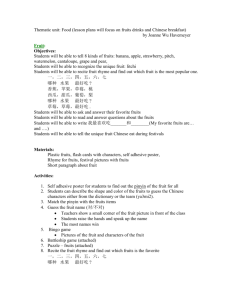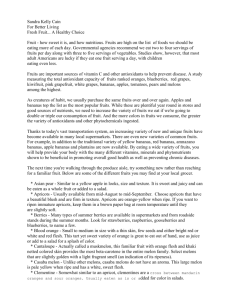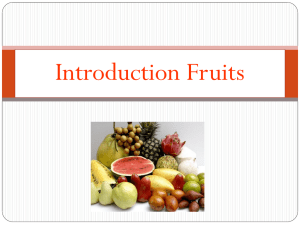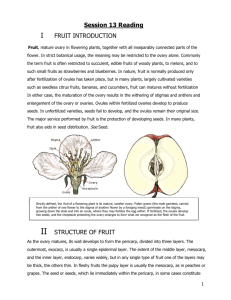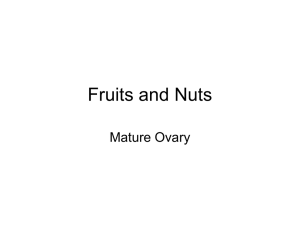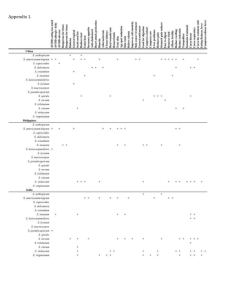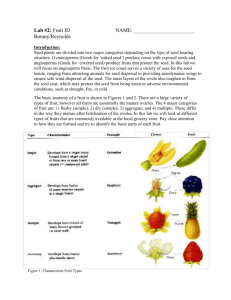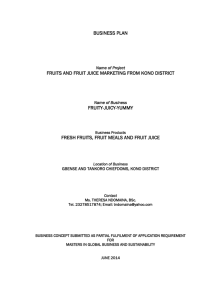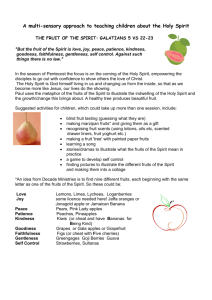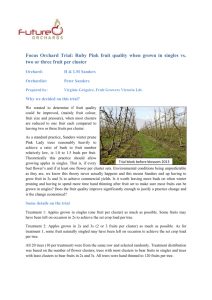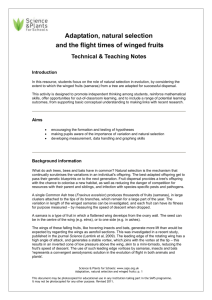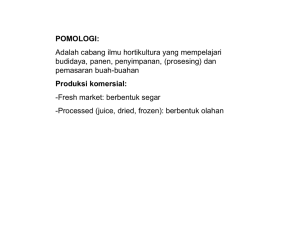Plurilingual and Intercultural Education
advertisement
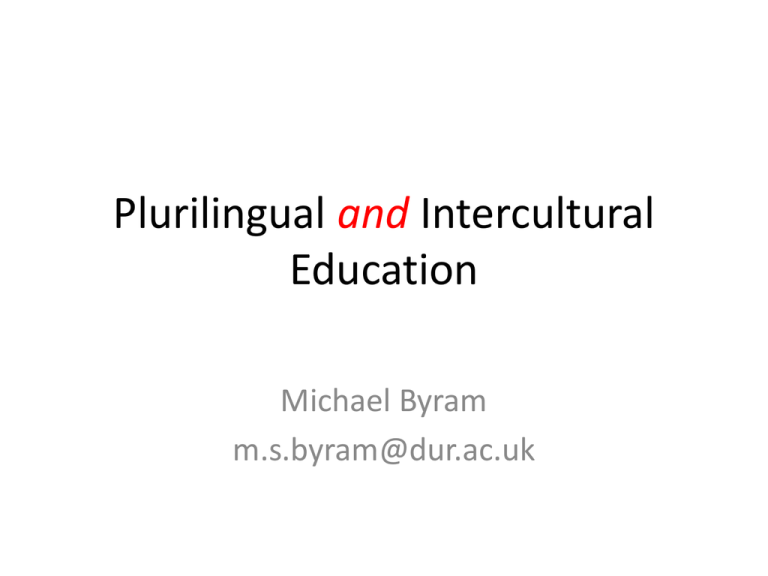
Plurilingual and Intercultural Education Michael Byram m.s.byram@dur.ac.uk My task … 'it would be important for us if you could illustrate the intercultural approach of the Council of Europe with a particular focus on the interaction between plurilingual and intercultural competence.' Language and/in/ with/ without … culture • From the psychological point of view language and culture have always developed together in the individual subject in a unique blend → ‘languaculture’ [or ‘linguaculture’] (Risager 2007- chap 7 www.multilingual-matters.com BUT …. 3 Language and/in/ with/ without … culture • From the sociological point of view: linguistic practice spreads over the whole world across cultural contexts and that linguistic practice can express discourses and subjects of every kind – even references and representations that are external to the target language(…) (Risager 2007- chap 7) → lexical, syntactic, discourse… – Lexical borrowings – ‘internet’ – Cultural and lexical borrowings – Neologisms - German ‘Handy’ • Language and culture are thus both inseparable and separable at one and the same time 4 Defining ‘culture’ • ‘One of the two or three most complex words in English’ - Raymond Williams • ‘Culture is a verb’ – Brian Street –what people do 5 Rules/norms of behaviour as a way of knowing ‘culture’ Watching the English – K. Fox 2004 • English [and other?] weather speak: – ‘Ooh, isn’t it cold?’ ‘Mm, yes, isn’t it?’ – NOT QUESTIONS BUT GREETINGS • ‘I’d like to talk to you – will you talk to me?’ • RULES: • Reciprocity rule – respond! • Context rule – use as greeting, as ice-breaker for further talk, as ‘default’ to fill gap • Agreement rule – Agree or risk complexity • Working definition for FLT: – Culture is the set of values, beliefs and behaviours shared by a social group. • IMPLICATIONS FOR FL/SL – learn rules of behaviour and how to observe/discover them – and what lies beneath: beliefs and values 6 Implications for FLT - Sociological : which variety of language and which ‘native society’ to choose (or societies) and which shared psychological unity of languaculture - Usual answer = the dominant (found in schools and national curricula) - English – a special case - Standard variety of English in one (or more) Englishspeaking countries OR - English as lingua franca and no society? Implications for FLT - Psychological : linguistic practice in a foreign language will typically show a blend of languaculture from both the target language and the learner’s first language. (Risager 2007chap 7) Foreign language as ‘code’ OR as ‘language’ 8 Examples Example 1 – French as FL – lower secondary • Merci – Il n’y a pas de quoi • That’s all right/You’re welcome/ It’s a pleasure • “But which bit means ‘welcome’?” Example 2 – French as FL – lower secondary ‘Saucisson sec’ • ‘It’s a kind of salami’ 9 Implications for FL Teaching • Focus on ‘key words’ / ‘rich points’ / contrasts • e.g. : ‘fruit’ The Development of Intercultural Citizenship in the Elementary School Spanish Classroom Michael Byram, Dorie Conlon Perugini, Manuela Wagner Learning Languages Contents 2013, 18, 1, 16-32 11 • ‘Fruits from around the World’ Unit – Usually done as information from teacher: “Pineapples are tropical and are grown in warm places”. • 5 lessons (15 minutes) - introduce fruit related vocabulary and new grammar, • knowledge about own cultural environment by doing survey 12 13 • subtleties of the responses might be missed by her students unless they were able to discuss the results in English - partnered with the classroom teachers. 14 • To ensure understanding of subtleties of responses → cross-curricular: – 45 minute math lesson, Spanish teacher asks, in Spanish, questions from survey – pupils read answers aloud. – Classroom/maths teacher records answers and transfers into excel – Classroom/maths teacher creates two graphs per question: a pie chart and a bar graph. – Pupils discuss in English which graph better representation AND reflect on own cultural environment while interpreting data. 15 16 Pupil observations from co-taught maths lesson: • Related to Fruit: – – – – Little kids probably try to eat as much fruit as their parents. Most people think they are eating the right amount of fruit. Do Fruit Snacks count as fruit? I think it’s interesting that some people’s favorite fruit is someone else’s least favorite fruit. – We all have very different tastes. – One class has favorite fruits we have never heard of. I think it’s because those students lived in different countries. – We made a graph of our favorite fruits in the beginning of the year, but now our favorite fruits have changed. I wonder why. • Student responded: Maybe it’s because the seasons have changed. • Another student responded: sometimes our tastes change as we grow up. – Does everyone have money to buy fruit? – There are some fruits I want to try, but my mom won’t let me buy them because they are too expensive. • Related to graphing: – – – – The pie chart is prettier. The pie chart makes it easier to see the percent. The pie chart is less easier [sic] to tell how many people voted for each thing. The bar graph makes it easier to see the numbers of people voting. 17 • Next step - pupils survey people from other countries in local community. • Spanish teacher creates Google Map showing which fruits most and least popular in different countries • Pupils given one Spanish class to explore the map in the computer lab. • To avoid over-generalizing / stereotyping, teacher discusses ‘sample size’ in Spanish - students already familiar from maths lesson. – e.g. teacher points to one pin on the Google map and asks in Spanish “How many people does this pin represent? Does it represent the entire country? Would the answer be the same or different if we asked every person in the country”? 18 19 20 21 Conclusion • No conclusion! GRAZIE







